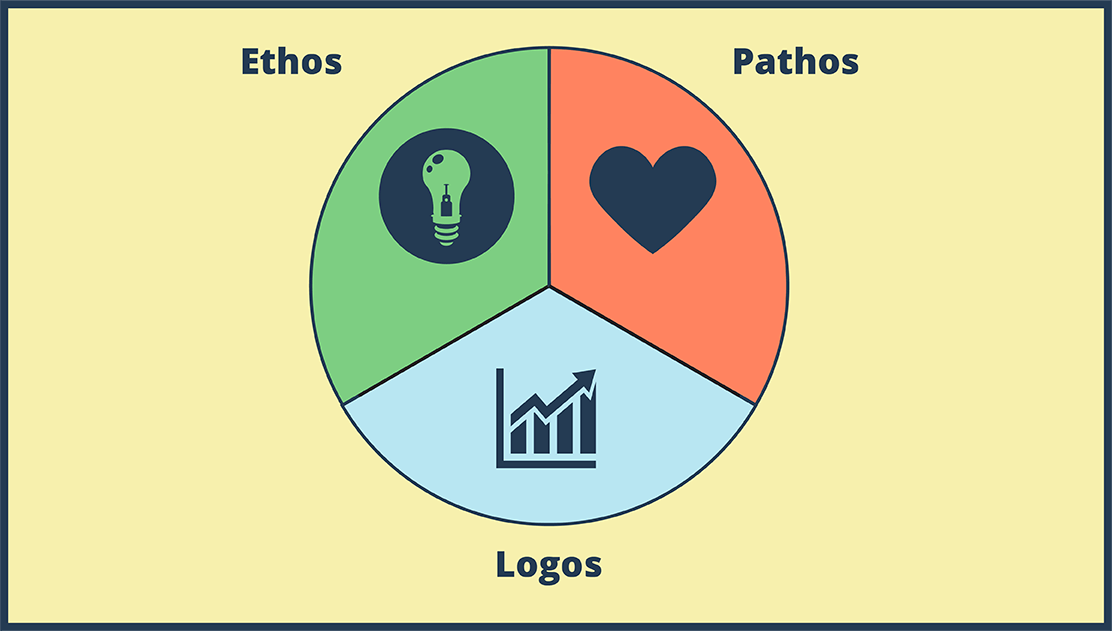Reproduction

אתה יכול למצוא תכנון זה בתקנון והמשאבים הבאים:

הוראת מוסדות פוריות
תוכניות שיעור מאת פטריק הילי
ללמד בני נוער על איברי רבייה יכולה להיות משימה לא נוחה. נטילת נושא זה בגישה מדעית תשחרר הרבה מהלחץ הזה. איברי הרבייה חלים על כולם. זו האנטומיה של הגוף שלנו ומנקודת מבט מדעית, זה לא שונה מלדון בלב, במוח וכו'.
'
בדוק כמה מאמרים חינוכיים אחרים שלנו!
תיאור Storyboard
Human Reproduction - The path of reproductive cells
טקסט Storyboard
- PATH OF REPRODUCTIVE CELLS
- Reproduction can be a complicated process. Let's break it down and find out how it works!
- Reproduction
- REPRODUCTIVE CELLS
- TESTIS
- EPIDIDYMIS
- Reproduction can be made simple by following the development and path of reproductive cells.
- VAS DEFERENS
- Sperm cells are the male reproductive cells formed in the testes. An egg is the female reproductive cell formed in the ovaries.
- PROSTATE
- Testes are egg-shaped organs where the sperm is produced. Testes are made up tightly coiled tubes called seminiferous tubules.
- SEMINAL VESICLES
- After being produced in the seminiferous tubules, sperm travel to the epididymis, where they mature.
- URETHRA AND PENIS
- The vas deferens is a long tube that connects the epididymis to the urethra. This is the path for sperm cells.
- The prostate secretes an alkaline (basic) fluid that neutralizes the acids in the female reproductive system.
- Seminal vesicles produce a fluid rich in sugars that sperm use for energy. This fluid, added with the fluid from the prostate gland, will be combined with sperm cells to make semen.
- Sperm leave the body by passing through the urethra. The penis deposits sperm in the female reproductive system during sexual activity.
- OVARIES
- VAGINA
- CERVIX
- UTERUS
- Each month, the female reproductive system prepares for a possible pregnancy by releasing a mature egg cell from the ovaries.
- FERTILIZATION
- The vagina is a muscular canal that leads from the outside of the body to the uterus. Sperm cells enter through the vagina during intercourse.
- FALLOPIAN TUBES
- The cervix is a narrow portion at the bottom of uterus that provides an opening to the uterus from the vagina. The cervix will need to dilate during labor.
- UTERUS
- The uterus is a hollow, muscular organ which expands during pregnancy. The uterine walls build up and break down during the ovulation cycle, causing menstruation.
- PATH OF REPRODUCTIVE CELLS
- Reproduction
- When a sperm cell and egg unite, cell division begins. If fertilization takes place, it will happen in the fallopian tubes.
- The fallopian tubes serve as a passageway for the ovum from the ovary to the uterus. Smooth muscle contractions and cilia move ovum towards the uterus.
- If an ovum is fertilized, it will implant in the wall of the uterus, starting the first stages of pregnancy.
- The first signs of pregnancy usually show up after about two weeks. About half the time, a fertilized egg does not implant and pregnancy will not begin.
- That wasn't so bad! Are there any questions?
נוצרו מעל 30 מיליון לוחות סיפור




